Examining North Korea’s COVID-19 Data: A Two-month Miracle?
On May 12, North Korea reported its first confirmed COVID-19 cases after over two years of claiming to be COVID-free. Daily reports from the government demonstrated a nationwide breakout of “fever” cases, presumed to be pandemic related, affecting 4.8 million people thus far.
However, just two months later, several regions across the country have started to report zero new cases of COVID-19/fever. One of the biggest milestones was reached on July 10 when Ryu Yong Chol, an official with the state emergency epidemic prevention headquarters, announced with little fanfare in his epidemic briefing on Korean Central Television (KCTV) that both Nampho and Kaesong were epidemic-free. No new cases and no current cases were reported in either region.
Although the numbers of new cases and those in treatment have rapidly declined in recent weeks, the anti-epidemic emergency has not been declared over just yet. Is the outbreak coming to an end so quickly?
Government Data
Previously, we discussed several issues with the state-provided data, including how the fatality count was suspiciously low and came too early in the life-cycle of the outbreak, as well as questions about the data collection and reporting methodology—how are the North Koreans gaining this information, how complete is it, and what is the rubric for determining cases of COVID-19 or “fever.”
All of those issues remain relevant and unanswered.
The two months’ worth of data shows that the fatality numbers continue to be divorced from the COVID experience of other countries. North Korea has seen 74 deaths among 4.8 million cases: a fatality rate of around 0.0015 percent. In contrast, the rate in South Korea in the last two months has been around 0.1 percent, about 0.3 percent in the United States and 0.7 percent in the United Kingdom.
Given all of these lingering questions and the questionable scenario they paint, the state data is almost certainly not the whole story.
Long before North Korea reported its first COVID-19 case in May this year, observers had suspected the virus was circulating around the country despite the government’s denials. As far back as March 2020, Daily NK reported that 23 people were suspected of having died from COVID-19, but the official narrative from the government and through the World Health Organization was that no COVID cases had been confirmed in-country.
There is still no information on how the state is gathering data, although state media continues to cover an expanding anti-epidemic infrastructure in the country. This week, KCNA reported that work is underway to construct labs across the country that can conduct real-time polymerase chain reaction (PCR) tests.[1] The labs are being built to biological safety level 2, although the CDC recommends COVID-19 specimens are handled at labs with the more stringent biological safety level 3.
Regardless of how accurate the data being reported is, the figures are useful in gauging how the state is conveying its handling of the pandemic to the people. As one might expect, they tell the story of an outbreak that is well under control across the nation.
Source of the Outbreak
On July 1, authorities announced they had traced the epidemic back to its roots in Ipho-ri in Kumgang County, Kangwon Province. The village sits about 10 kilometers from the inter-Korean border.
State media reported that an investigation found “an 18-year-old soldier surnamed Kim and a five-year-old kindergartener surnamed Wi contacted with alien things in a hill around barracks and residential quarters in Ipho-ri early in April.”[2]
Although not spelled out in the text, “alien things” likely refers to contents sent across the border by balloon or the balloon itself. The risk of transmission from such an object is regarded as low, although it might be technically possible.
However, had the epidemic first broken out in Kangwon province, it might be expected that the province would have led the epidemic in cases or experienced the first peak. In fact, looking at case numbers as a percentage of the population, Kangwon province sits in the middle of the ranking of North Korea’s 13 provinces and cities.
In the chart below, Kangwon is highlighted in red. It shows the epidemic peaked in the province on May 19 and 20 with 2.8 percent of the population under treatment. In contrast, the epidemic peaked in Pyongyang earlier on May 16 with 7.4 percent of residents under treatment and in Nampho on May 18 with 9.3 percent under treatment.
End of the Epidemic?
On May 19, North Korea counted 754,810 people under treatment for COVID-19/fever. On June 19, that had dropped to 31,540 people, and now, as July 19 approaches, official data indicates just 1,120 people are currently being treated and the number is dropping by 10-20 percent each day.
On the other hand, there doesn’t appear to be any easing of anti-epidemic controls and restrictions. In fact, over the past week, there has been a constant drumbeat from state media on the need to not just maintain, but intensify work against the epidemic.[3]
The conclusion that it all started with an “alien object” is especially convenient given the state’s years-long battle against foreign information and balloons coming over the southern border. As part of its anti-epidemic response, the state has also warned citizens to be wary of “strange objects coming from the sea.”[4]
Furthermore, KCNA reported earlier this week that border controls increased again:
The state emergency epidemic prevention headquarters further strengthened the lockdown barriers in the areas near the front and the border, coastal areas, the sea and airspace, given that the possibility of the inroads of a new contagious virus into the country from outside is ever-increasing and such danger still exists.[5]
On state TV each evening, anchors present the latest update on the global pandemic. In recent days this has included news of increasing cases in major nations accompanied by images of patients in hospitals. It has also discussed the spread of the BA.5.2 variant in China and BA.2.75 in India and New Zealand.
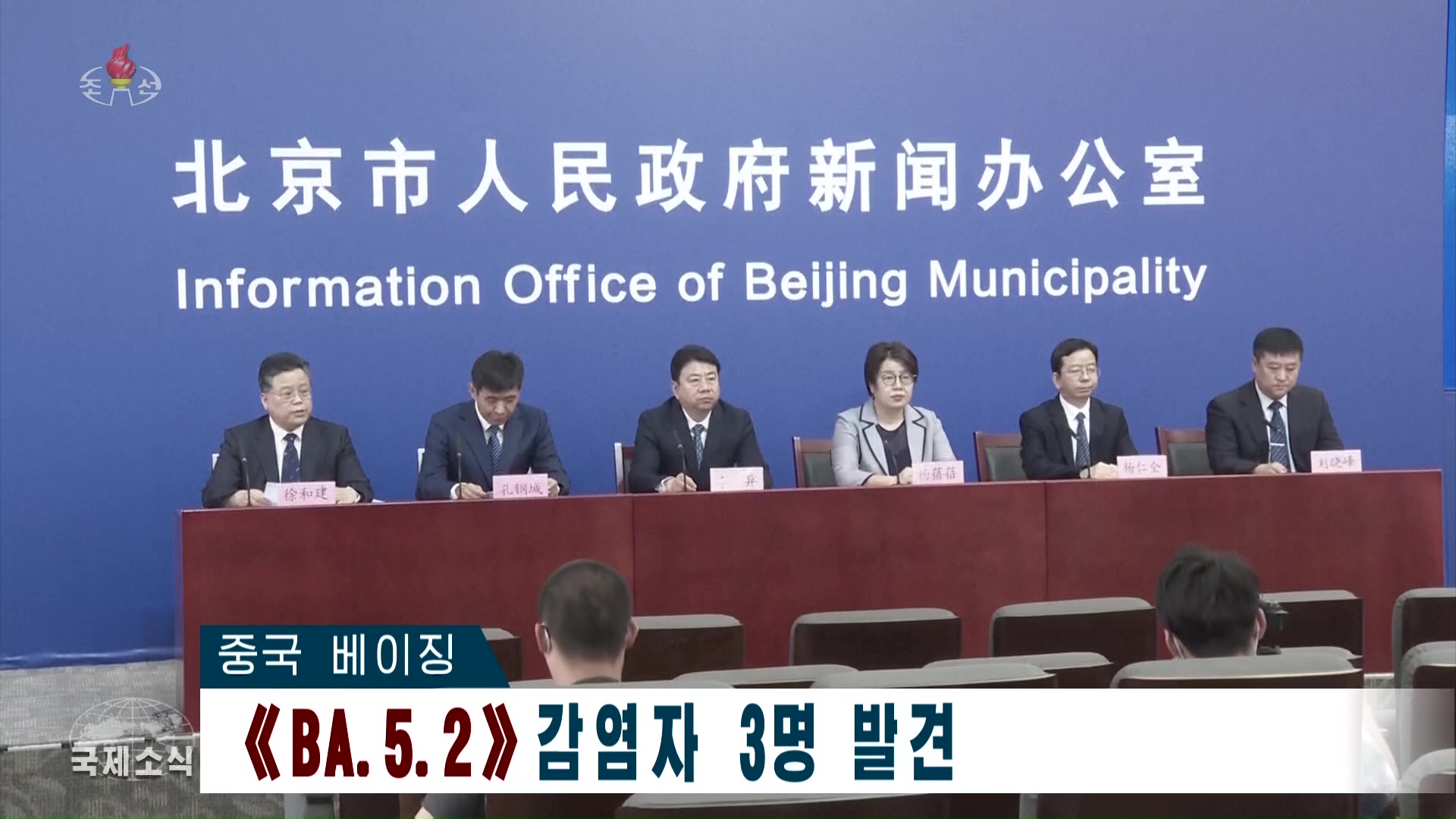
One thing that hasn’t been featured widely is the success of vaccination programs worldwide. It is unclear if North Korea has started a vaccination program. Gavi, the Vaccine Alliance, said it understands North Korea has begun administering vaccinations sourced from China, although any program that does exist has yet to be announced or covered in state media.
At a major political meeting in Pyongyang in early July, thousands of delegates were shown seated close together and without masks. In footage broadcast the same and subsequent days, ordinary residents of Pyongyang and those of other cities were shown all wearing masks, raising the possibility that those at the meeting had either undergone testing or been vaccinated.
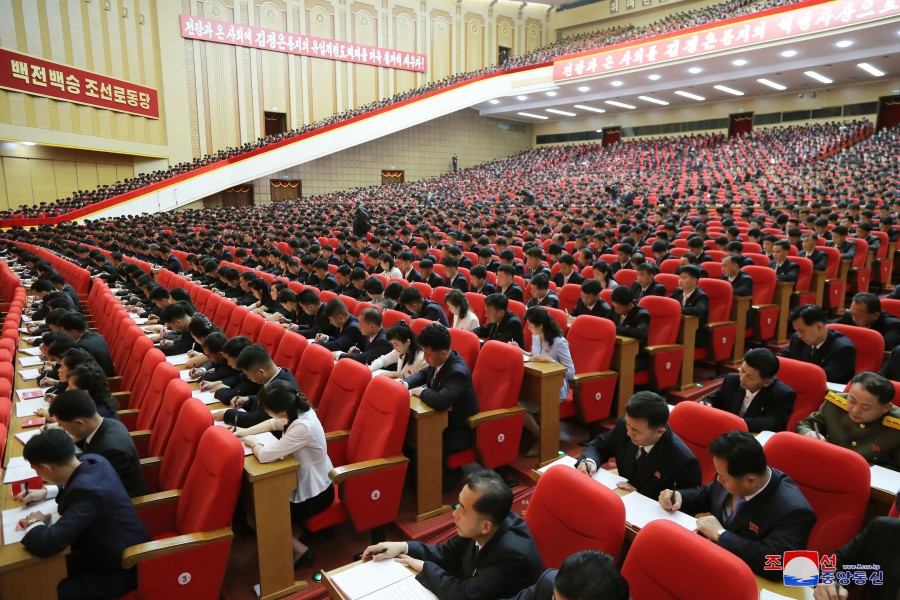
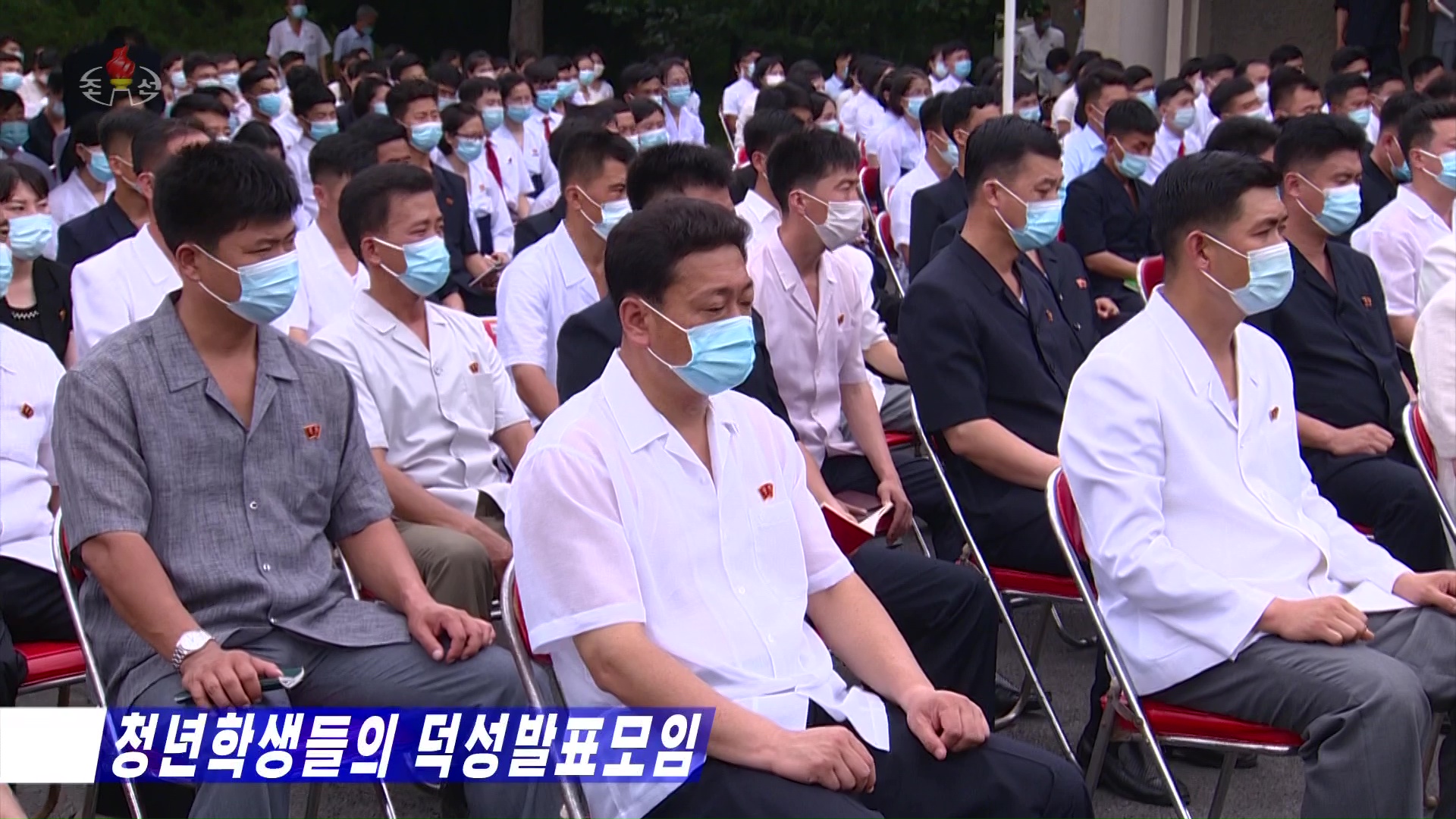
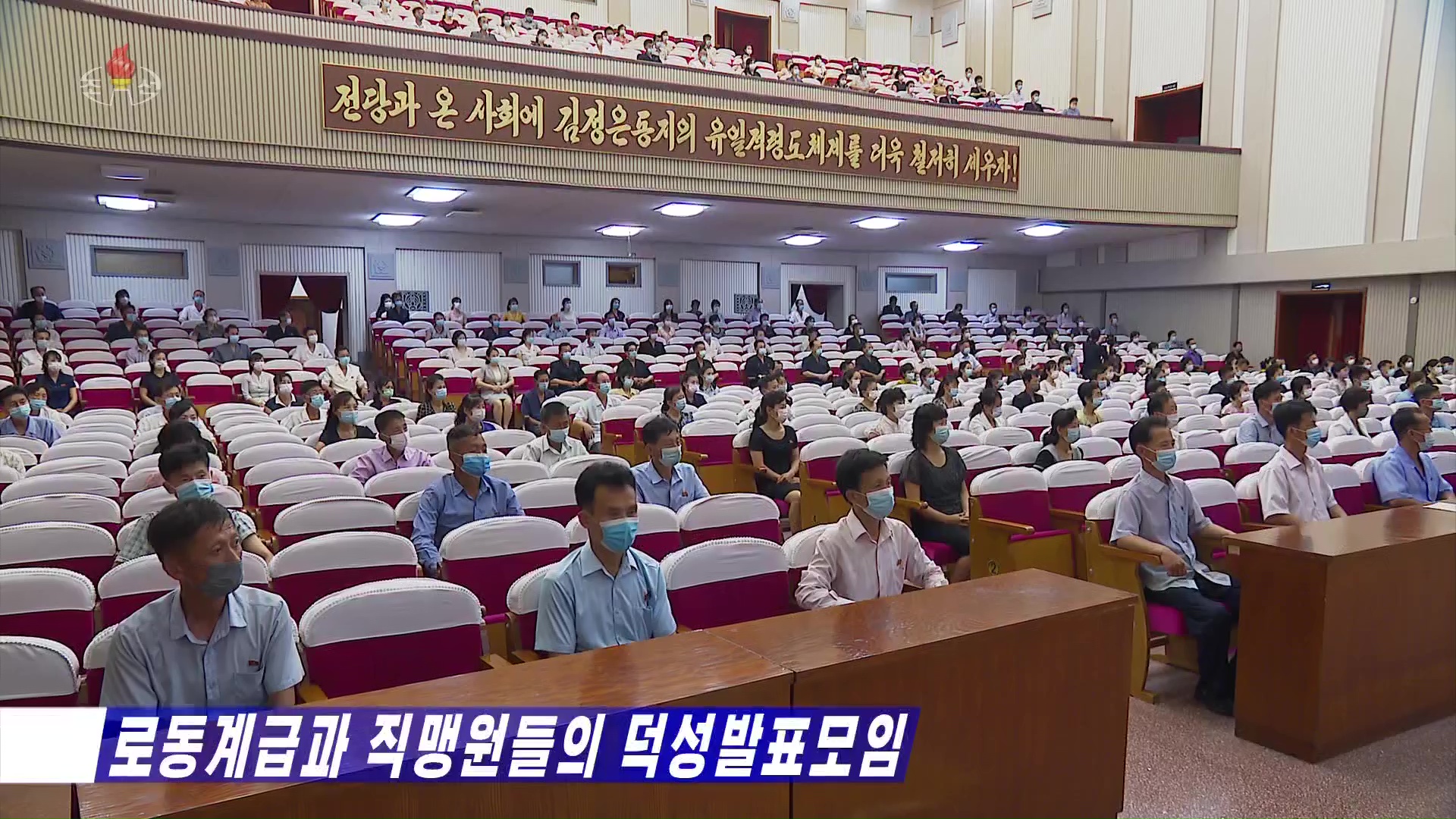
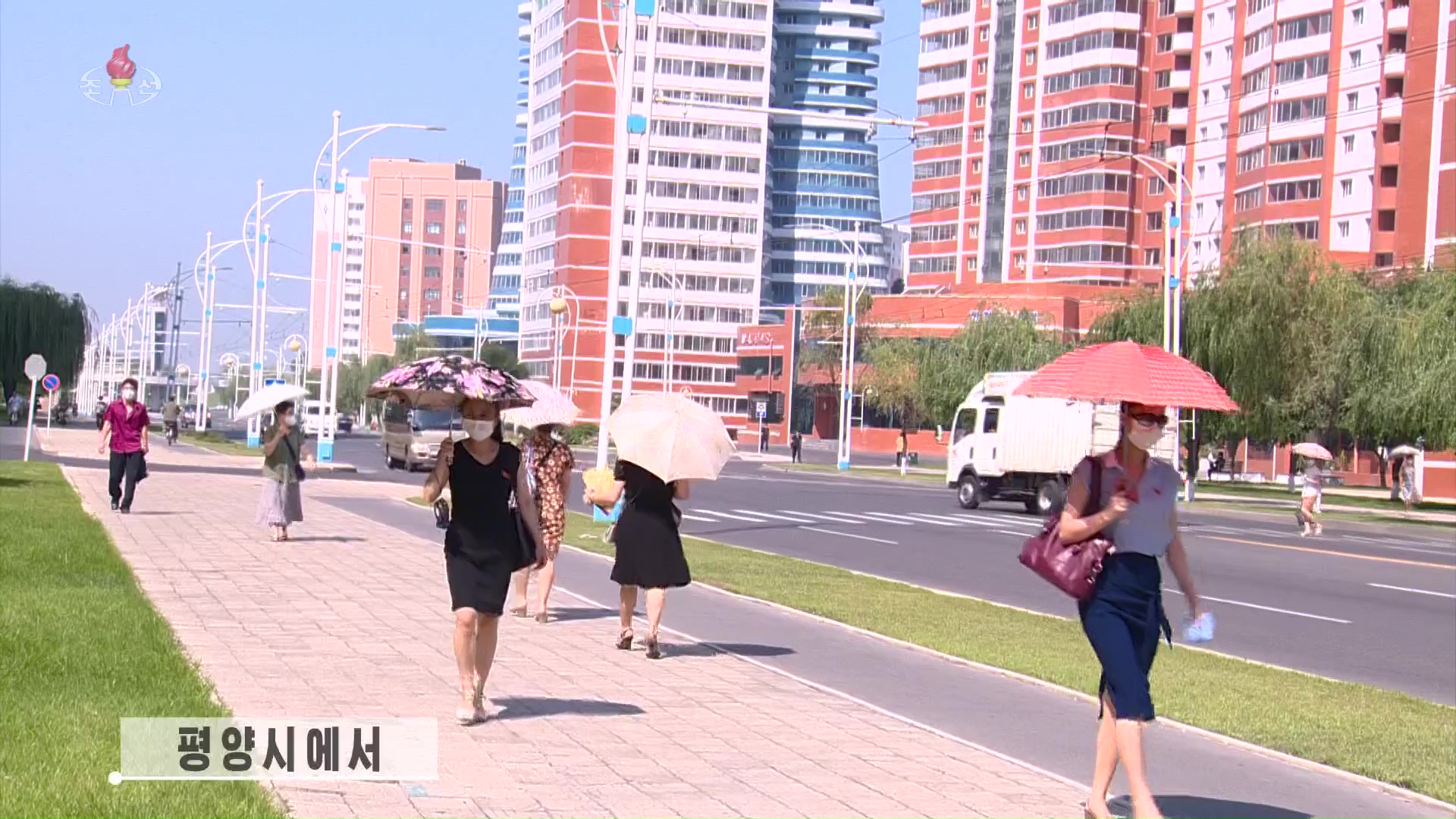
For now, it appears the image of COVID as a current danger, especially when linked to foreign objects, is one the government is happy to promote, as long as it can preserve the façade of keeping the situation under control.
Editors Note: An earlier version of this article misstated case levels in Kangwon province in mid May. The correct number is 2.8 percent.
